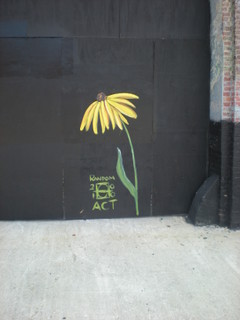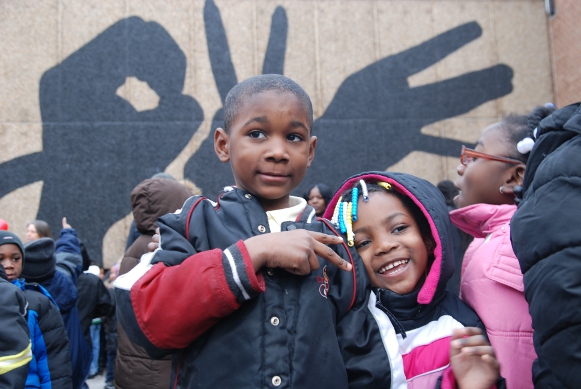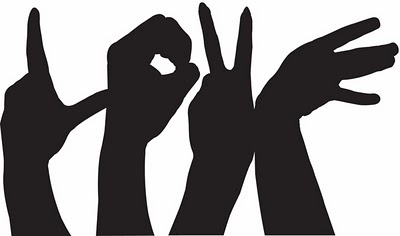A typical conversation:
“What do you do?”
“I promote art in Baltimore.”
“That’s interesting. Did you go to MICA?”
“No I went to Johns Hopkins.”
“Did you study Art History?”
“No, I studied engineering?”
“Why would you promote art?.”
Sometimes I am surprised by my transition, but I know that this is where I was destined to be.
My junior year of college I was living with several roommates in a typical Baltimore row house. One evening my housemate exclaimed that his sister had just won a prestigious poetry prize. Having no interest in poetry, I asked to read the work only reluctantly, out of politeness. I was appalled. It had no logic and made no sense. I proceeded to voice my opinion and thus begun a furious debate about the merits of art. I on the side of “what value is gibberish?” and he on the side of expression and new analogy. That was my engineering perception of the world. If it could not be explained scientifically what value did something have?
After graduating with two engineering degrees from Hopkins, and spending two years studying lung cancer, I put on an entrepreneurial hat. I began painting living rooms and bedrooms for upper- middle-class Baltimore. A painter with a degree from Hopkins became a hot commodity. The list of clients grew and I started hiring. Did you know that the most flexible, and surprisingly dependable, work force is artists? My crew had two writers, two visual artists, a musician, and an aspiring architect. Needless to say, our days were spent talking philosophy. Our clients frequently joined the banter much to their own surprise. My crew exposed me to a new type of intelligence. They didn’t know an integral from a derivative, but they knew the classics and understood the world in a different light. They started to shift my sense of value.
The painting business was going great but I had recently married and the future was becoming a reality. As only a spouse can, Jenn expressed that my talents and my personality were not being used to their full potential in my painting business. Shortly after our wedding an employee was injured on the job. The experience shook not only my business but my own outlook. I needed to move on, but to what? I had been reading a book on hope. One of the chapters focused on art. It suggested that art is one of the few places we can honestly explore the reality of the world and, more importantly, that art is a place to express the hope of the world. Could art have value beyond meaningful conversations?
A former employee had been working for a summer to launch a “small” public art project. He could not find traction. He needed a skill set beyond his own. Now, as friends, he expressed his needs and asked if I might use my entrepreneurial skills to do the business side of his art. Looking for a change, and with my growing understanding of art, I agreed to take on the role. Besides, my not-entirely-reconstructed-engineer’s-mind thought, I was now planning to attend business school, so this would also look great on my resume. We began creating a plan to paint 20 walls with the word ‘love.’ I was now commissioned to express the value of art.
Four years later, we have completed 14 Love Project murals. I have got my business education without a degree (or the debt), and I can tell you art is the most valuable thing in the world. It changes people.
I recently visited my college roommate. We certainly touched on art. This time it was I showing him this “amazing” installation that challenges the notion of place, and he wondering if I was crazy! If art can change me, I can only imagine what it can do for the world! In this space, I look forward to exploring that extraordinary power.



